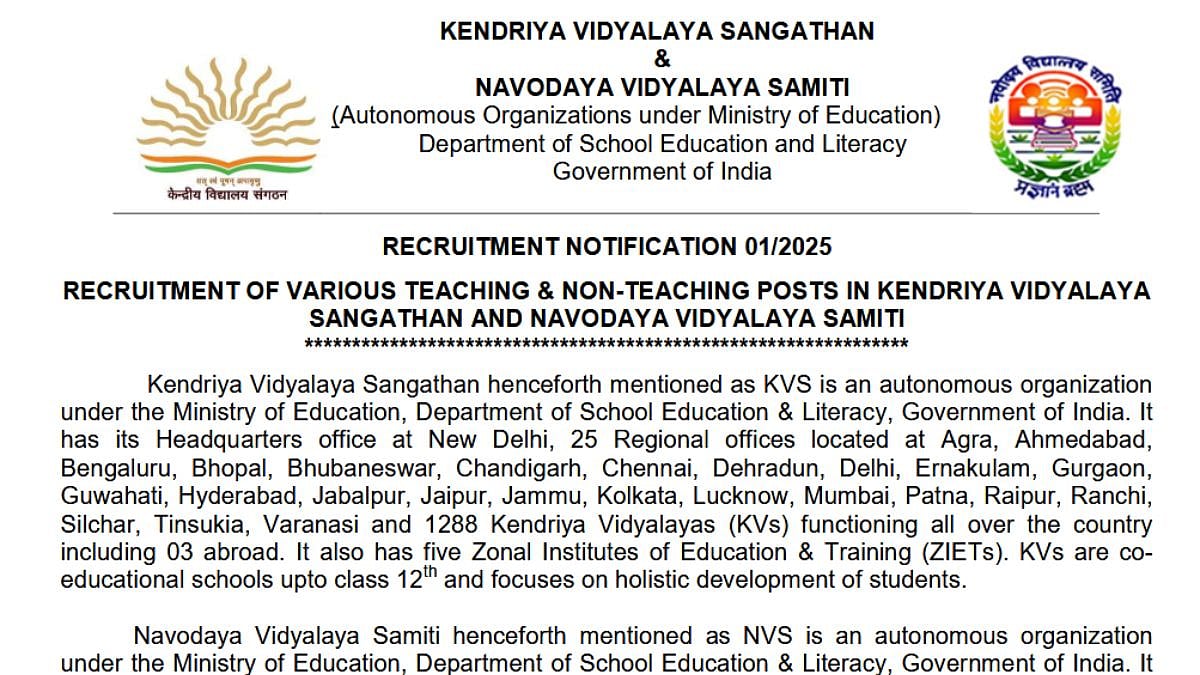For the first time a wetland located within an urban agglomeration in India has been designated a Ramsar site.
With the Thane creek receiving the designation, the Mumbai metropolitan region, or MMR, has become possibly the only metropolitan region in the world to have a wildlife sanctuary, a flamingo sanctuary and a Ramsar site in its geography.
It was the erstwhile Maha Vikas Aghadi government led by Uddhav Thackeray that had, in February, sent a proposal to the Centre to declare a portion of Thane creek as a Ramsar site.
A Ramsar site is a wetland of international importance. The aim of the designation is “to develop and maintain an international network of wetlands which are important for the conservation of global biological diversity and for sustaining human life through the maintenance of their ecosystem components, processes and benefits”.
The proposal was prepared by the state’s mangrove cell after Chief Minister Thackeray’s approval.
The Thane creek, among Asia’s longest, abuts the coast of Mumbai. While its western bank is in Mumbai and Mumbai suburban districts, the eastern bank is in Thane district and adjoins Thane city and Navi Mumbai.
The creek extends 26 km north of Mumbai harbour where it connects with the Ulhas river, one of its primary sources of fresh water, via a narrow channel. It encompasses an area of 6,521.08 hectares of which 1690.5 ha were declared the Thane Creek Flamingo Sanctuary (TCFS) and 4,832 ha were notified as an eco-sensitive zone around the sanctuary in October 2021. It is now also the largest wetland area to be declared a Ramsar site in Maharashtra.
The creek is fringed by mangrove forests on both banks that serve as a nursery for several species of fish and protect the land from cyclones, tidal waves, seawater seepage and intrusions.
While granting Ramsar status to the creek on Saturday, the Union environment and forest ministry noted that several sources discharge fresh water into the Thane creek, with the Ulhas being the largest, while many drainage channels from various suburbs of Mumbai, Thane and Navi Mumbai also discharge effluents into it.
The MVA government hoped that once Ramsar status was granted to the creek, it would become a destination for international tourists and bird-watchers, in turn promoting conservation and creating job opportunities.
In addition, the Thackeray government noted, the status would convey the importance of swampy areas to the people and accelerate their protection and conservation.
In its proposal, the government had observed that several other bird species are found in the Thane creek area along with flamingos, making the mangrove forest an area of special importance from the global point of view and Ramsar status would help to preserve its biodiversity.
What is Ramsar Status?
The Ramsar Conference was held at Ramsar in Iran in 1971. A number of decisions about conservation and preservation of wetlands and mangrove forests worldwide were taken at the conference and an action plan prepared.
According to this plan, each participating country has to identify globally important wetlands and declare them Ramsar sites. Lakes, rivers, ponds, swamps, creeks, seashores and even paddy fields can be thus designated.
Talking about the same, Virendra Tiwari, additional principal chief conservator of forests, mangrove cell, said, "This wetland is now recognised as contributing to global biodiversity. We are committed to safeguarding this area, administering it in accordance with international standards, and making sure its biodiversity is sustained."
India’s Ramsar race
India is one of the contracting parties to the Ramsar convention, signed in Ramsar, Iran, in 1971. India signed the convention on February 1, 1982. From 1982 to 2013, a total of 26 sites in India got the Ramsar tag. From 2014, however, the country has added 49 wetlands to the list.










